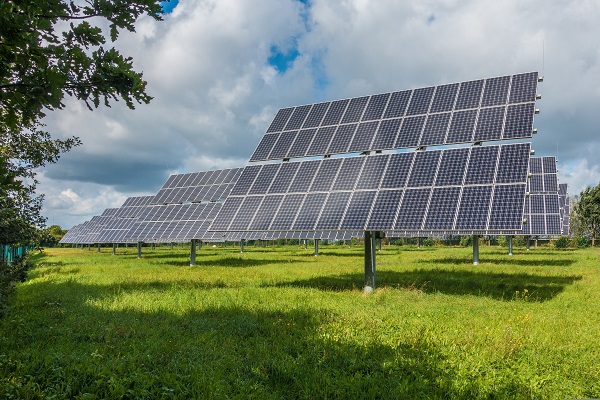- This topic is empty.
-
AuthorPosts
-
2024-03-25 at 3:05 pm #3125
As global demand for renewable energy increases, solar power has become an increasingly important energy solution. Solar panels, as key equipment that converts sunlight into electrical energy, have their performance affected by a variety of environmental factors. Understanding how these factors affect the efficiency and longevity of JA solar panels is critical to optimizing system design, improving energy collection efficiency, and reducing maintenance costs. This article will explore the impact of these environmental factors on solar panels and analyze their importance for solar energy utilization.
Temperature is also an important factor affecting the performance of solar panels. Generally speaking, the energy efficiency of crystalline silicon solar cells will decrease as the temperature increases. This is because high temperatures increase the thermal activity of carriers (electrons and holes) in silicon, causing more carriers to recombine before reaching the cell surface, thereby reducing the generation of current. In addition, high temperatures will also cause the conductivity of semiconductor materials to decrease, further reducing the output power of the battery panel.
Light intensity is another important factor that determines the power output of a solar panel. Changes in solar irradiance, such as cloud cover or changes in sun height at different times of day, can affect light intensity. Solar panels typically produce more electricity on a clear, cloudless day. However, even in cloudy weather, modern solar panels are still able to capture scattered light and maintain a certain power output.

Shading can significantly affect the performance of JA solar panels. When a part of the panel is blocked, not only the power generated by the blocked part is reduced, but the current of the entire circuit will also be affected. This is because solar panels are usually connected in series and the current remains consistent throughout the circuit. Therefore, even a small portion of the shading can lead to a significant reduction in overall power output. In order to reduce the impact of shadows, reasonable installation location and angle selection are crucial.
While wind speed has a small impact on the direct performance of solar panels, under strong wind conditions solar panels can suffer physical damage, such as bending or breaking, which can affect their long-term stability and power production. In addition, increased wind speeds may accelerate the wear and tear of solar panels, especially in deserts or other areas with high winds and sand.
The impact of humidity on solar panels is mainly reflected in its accelerated aging of materials. High-humidity environments can cause corrosion of circuit boards and connectors, reducing panel reliability and lifespan. In addition, increased humidity may also promote biological growth, such as the formation of moss and mold. The growth of these organisms may obscure the surface of the panel and affect light absorption and power conversion efficiency.
Pollutants and dust can also negatively impact solar panel performance. Pollutants and dust on the surface of solar panels will block the transmission of light, thereby reducing light absorption efficiency. In addition, contaminants can cause corrosion and damage to the surface of solar panels. Therefore, regular cleaning of the surface of JA solar panels is one of the important steps to maintain their efficient working.
Finally, altitude can also have an impact on solar panel performance. As altitude increases, atmospheric pressure and oxygen concentration decrease, which causes the power generation efficiency of solar panels to decrease. Therefore, when using JA solar panels in high altitude areas, you need to consider this factor and take corresponding measures to improve the efficiency of JA solar panels.
As a clean and renewable energy technology, the performance of JA solar panels is affected by a variety of environmental factors. Factors such as temperature, light, shadow, wind speed, humidity, etc. will affect the power output and life of the panel in different ways. Understanding how these environmental factors affect JA solar panels can help engineers and researchers design more efficient and durable solar systems. By optimizing the design, choosing the appropriate installation location and angle, and taking appropriate maintenance measures, the performance of solar panels can be maximized, ensuring their stable operation under various environmental conditions and contributing to global sustainable development.
JA solar panel: an efficient, reliable and environmentally friendly solar power generation tool
JA Solar Panel Working Principle and Technical Analysis
JA solar panel installation and maintenance guide
Key factors to extend the service life of JA solar panels
What are the factors that affect the efficiency of JA solar panels?
JA solar panel efficiency cleaning guide
How efficient is JA solar panel?
How to choose a high-quality JA solar panel supplier
JA Solar Panel Shipping and Storage Guide
Explore the environmental advantages of JA solar panels
JA solar panel price and cost analysis
-
AuthorPosts
- You must be logged in to reply to this topic.